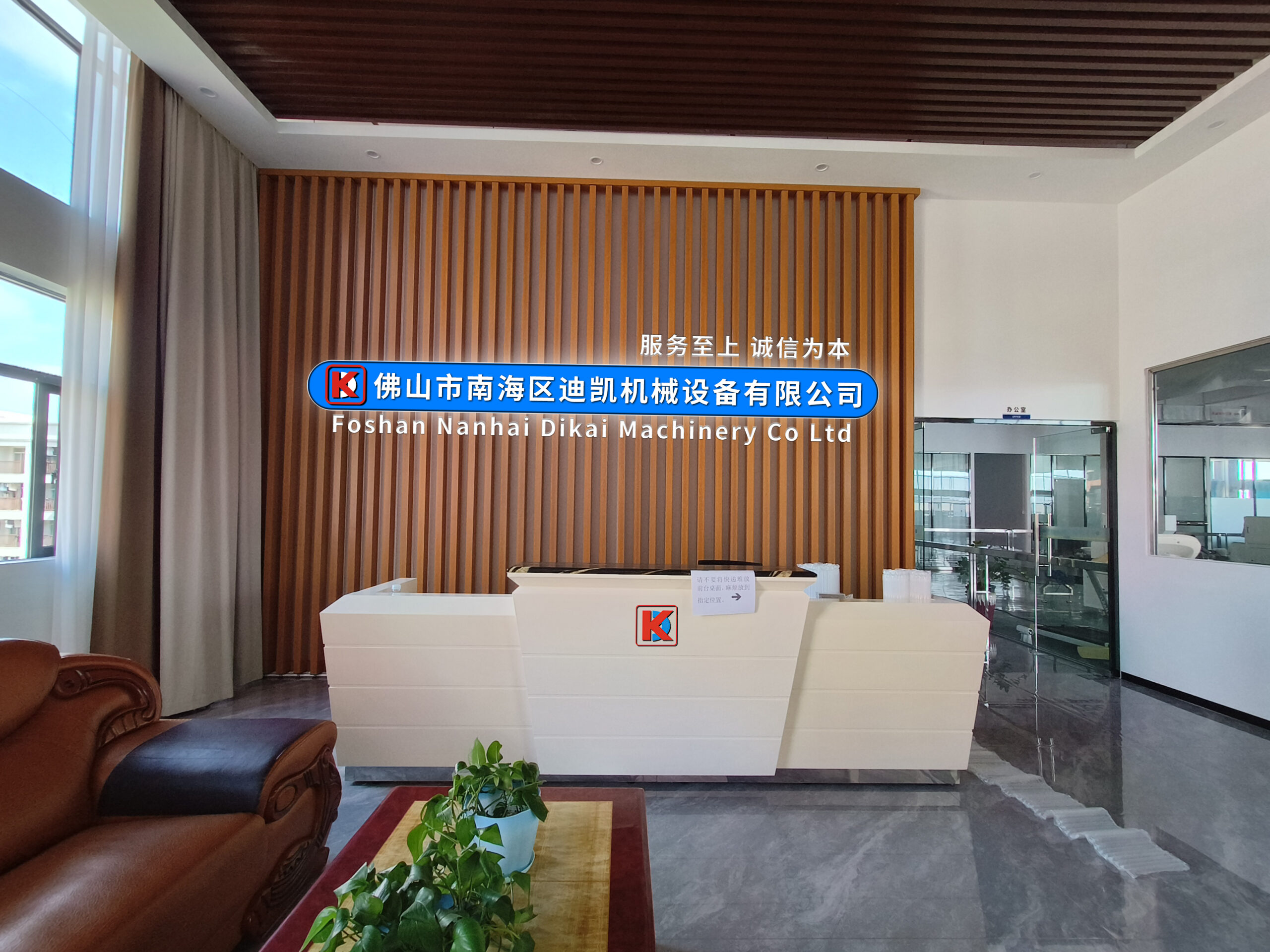Cabbage Pillow Packaging Machine
The cabbage pillow packaging machine exemplifies innovation in agricultural technology, blending ergonomic design with advanced automation. Its stainless-steel build ensures longevity, while PLC-driven customization supports diverse production needs. Routine maintenance and staff training maximize uptime and ROI, making it indispensable for modern farms and processing plants. By prioritizing hygiene, speed, and sustainability, this machine addresses both industrial demands and consumer expectations for fresh, safely packaged vegetables.
Description
The cabbage pillow packaging machine is a specialized solution for efficiently wrapping fresh or processed cabbage into airtight, pillow-shaped packages. Combining durability, automation, and user-friendliness, it ensures product freshness while streamlining industrial workflows. Below is a detailed breakdown of its design, operational features, and maintenance protocols.
Exterior Design & Structural Features
-
Robust Frame Construction
- Made of stainless steel and corrosion-resistant alloys, the machine withstands humid environments common in vegetable processing.
- Compact dimensions (e.g., 3m x 1.5m x 2m) allow easy integration into existing production lines.
-
Modular Components
- A conveyor belt system with adjustable speed transports cabbage heads or shredded cabbage into the packaging zone.
- Transparent polycarbonate panels enable operators to monitor the sealing process without interrupting operations.
-
User Interface
- A 10-inch touchscreen displays real-time data like packaging speed, temperature, and error alerts.
- Emergency stop buttons and safety sensors prevent accidents during high-speed operations.
-
Material Handling System
- Pre-rolled film (e.g., biodegradable or multilayer barrier films) is loaded onto a spindle at the rear.
- Automatic tension control ensures smooth unwinding and minimizes film tears.
Functional Operation & Workflow
-
Automated Feeding & Alignment
- Cabbage is fed onto the conveyor via vibratory feeders or robotic arms, minimizing manual handling.
- Optical sensors detect size irregularities, rejecting undersized or damaged produce.
-
Form-Fill-Seal (FFS) Mechanism
- Film Formation: The packaging film is shaped into a tube around the cabbage using heat and forming shoulders.
- Gas Flushing (Optional): For extended freshness, nitrogen or CO₂ is injected to displace oxygen within the package.
- Vertical Sealing: Two heated jaws create a vertical seal along the film’s edges, forming a “pillow” shape.
- Horizontal Cutting: Rotary blades separate individual packages while ensuring airtight horizontal seals.
-
Customization Capabilities
- Adjustable sealing temperatures (80–200°C) accommodate diverse films, including heat-sensitive biodegradable options.
- Programmable logic controllers (PLCs) enable quick shifts between packaging sizes (e.g., 500g to 5kg units).
-
Quality Assurance Systems
- Weight checkers and metal detectors screen packages before labeling.
- Date coding printers apply batch numbers and expiry dates directly onto the film.
Maintenance & Management Protocols
-
Daily Maintenance
- Clean residual cabbage debris from conveyors and sealing jaws using food-grade sanitizers.
- Lubricate chain drives and bearings with NSF-certified greases to prevent wear.
- Inspect film-cutting blades for sharpness and alignment to avoid incomplete seals.
-
Weekly Checks
- Calibrate temperature sensors and load cells to ensure accurate sealing and weighing.
- Test emergency stop functions and replace worn safety guard components.
-
Long-Term Servicing
- Replace motor belts and hydraulic hoses every 6–12 months, depending on usage intensity.
- Update PLC firmware annually to access performance optimization patches.
-
Troubleshooting Common Issues
- Film Wrinkling: Adjust tension rollers or reduce conveyor speed to stabilize film flow.
- Weak Seals: Clean sealing jaws of residue or recalibrate temperature settings.
- Conveyor Jams: Clear obstructions and inspect sensor alignment to restore smooth feeding.
-
Operator Training
- Staff should complete certified courses on machine operation, safety protocols, and basic troubleshooting.
- Logbooks must document maintenance activities, part replacements, and downtime causes.
Advantages in Cabbage Packaging
-
Freshness Preservation
- Airtight seals and optional gas flushing extend shelf life by 30–50%, reducing food waste.
- Transparent films allow consumers to inspect cabbage quality without opening packages.
-
Efficiency & Cost Savings
- Processes up to 120 packages per minute, replacing 10–15 manual laborers.
- Precision film usage cuts material waste by 15% compared to traditional methods.
-
Sustainability Compliance
- Compatible with compostable films and recyclable materials to meet eco-regulations.
- Energy-efficient motors reduce power consumption by 20% versus older models.







